“Assembly Theory,” a pioneering theoretical framework bridging physics and biology, offers transformative insights into biological evolution and its place within universal physical laws. With applications from…
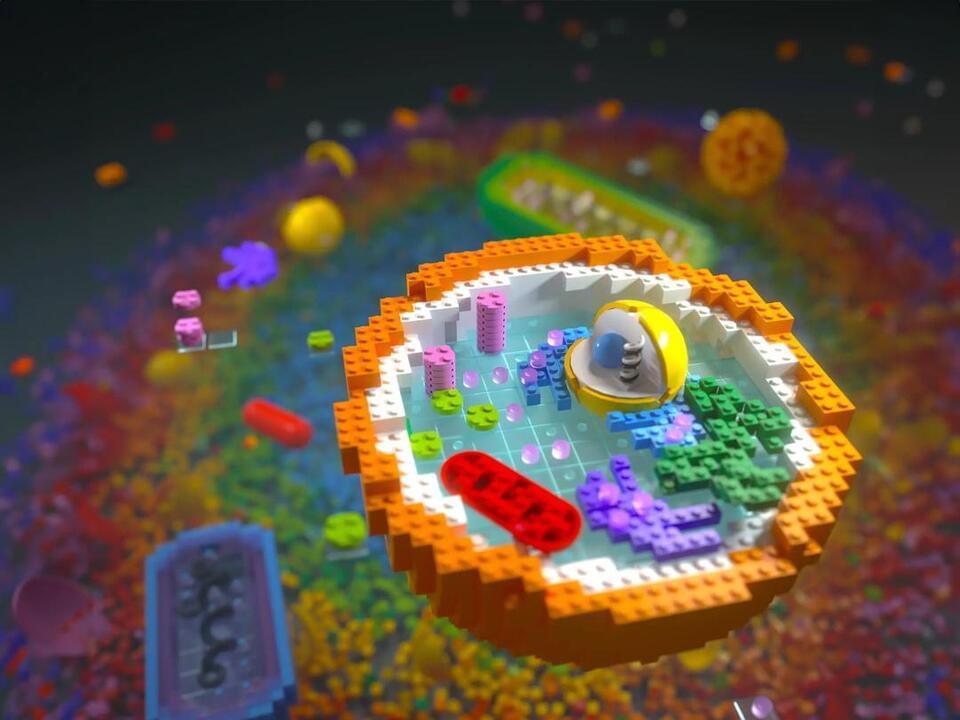


This year’s Nobel Prize in Physics has been awarded to three physicists — Pierre Agostini at Ohio State University, US, Ferenc Krausz at the Max Planck Institute of Quantum Optics in Garching, Germany, and Anne L’Huillier at Lund University, Sweden — for their research into attosecond pulses of light.
Attosecond physics allows scientists to look at the very smallest particles at the very shortest timescales (an attosecond is one-quintillionth of a second, or one-billionth of a nanosecond). The winners all developed experiments to be able to produce these ultrafast laser pulses, which can be used to probe our world at the smallest scales and have applications across chemistry, biology and physics.
The prize was announced this morning by the Royal Swedish Academy of Sciences, in Stockholm, Sweden. The winners share a prize of 11 million Swedish kroner (US$1 million).
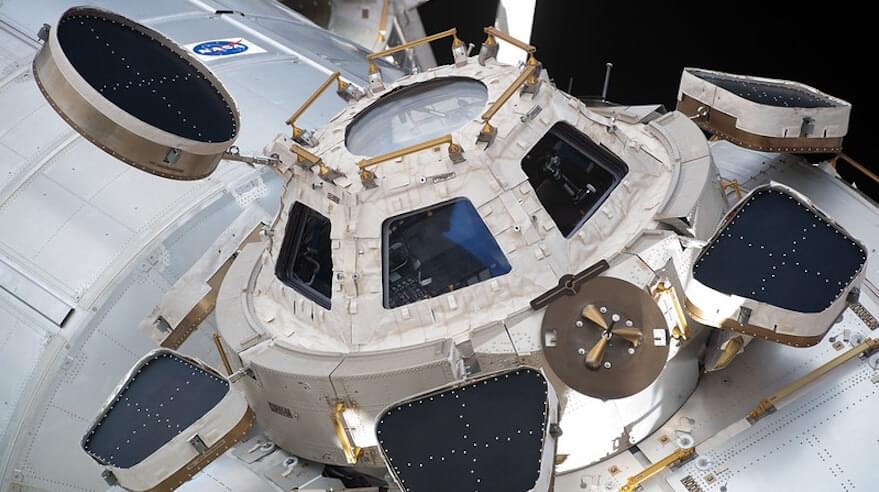

Do you use biological age tests to quantify your fitness goals? I updated this piece with the latest products (there are a ton) and found a few discount codes too.
Update 10/2/2023: This post has been updated since we originally published it. I evaluated additional top biological age tests for 2024, removed companies that are no longer offering tests, and updated the post to reflect the most recent pricing. The post has been cleaned up and links were made current.
According to TikTok, I’m either 46-years-old, 37-years-old, or 29-years-old. As a 34-year-old woman, that’s, ahem, less than ideal.
TikTok offers a filter that guesses how old the user is based on their uploaded face. Pulling my long hair up into a ponytail ages me by over a decade, and standing in natural lighting makes me appear younger than I actually am.
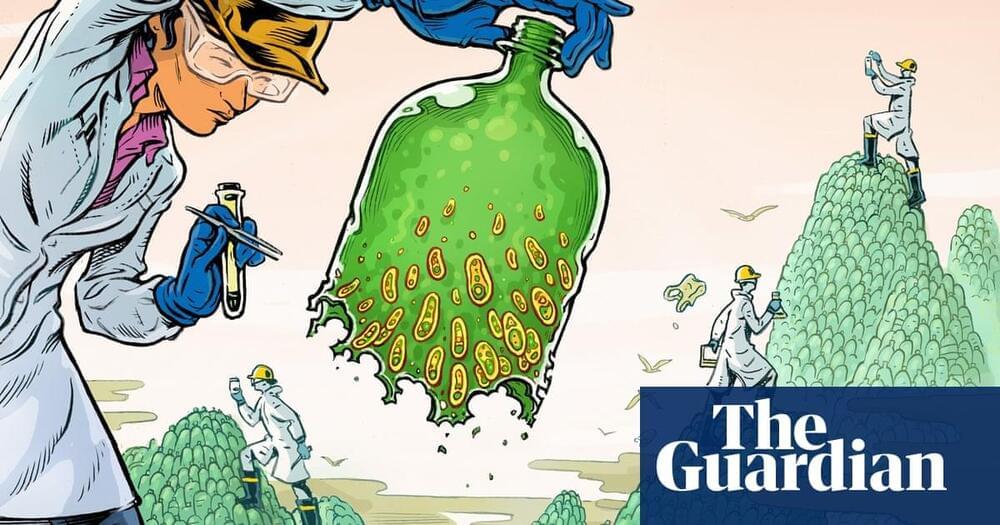
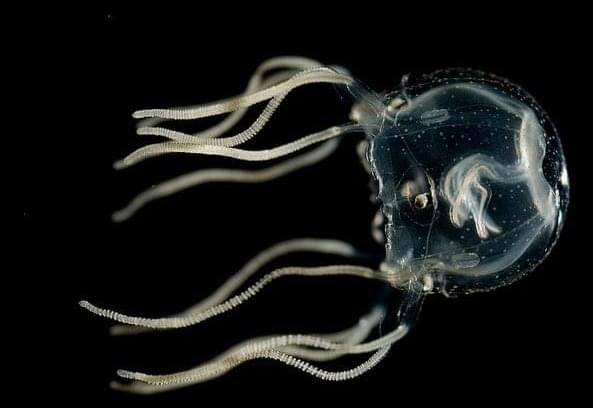
Tiny, brainless jellyfish just did something that on the surface may seem impossible: the adorable creatures showed evidence of learning.
Even with just 1,000 neurons active at a time and no central brain, Caribbean box jellyfish (Tripedalia cystophora) can learn from experience, researchers argue in a new paper published September 22 in the journal Current Biology. The results aren’t surprising, say several scientists not involved in the project, but are a reminder for people to think more broadly about learning.
“If you’re an animal and have to navigate the world, you have to learn cues and consequences. Otherwise you’re dead, and you can’t reproduce,” says Christie Sahley, a… More.
Human scientists—used to the benefits of a centralized, complex brain—have been underestimating what a simple nerve network can do.

An analysis of data from the Dunedin Multidisciplinary Health and Development study, a large longitudinal study in New Zealand, showed that participants with a history of antisocial behavior had a significantly faster pace of biological aging. When these individuals reached the calendar age of 45, they were on average 4.3 years older biologically compared to those who had lower levels of antisocial behavior. The study was published in the International Journal of Environmental Research and Public Health.
Antisocial behavior refers to actions that consistently violate social norms, disregard the rights of others, and often involve a lack of empathy or remorse. It involves behaviors such as deceitfulness, aggression, theft, violence, lying, and other behaviors that are harmful, manipulative, or exploitative towards others.
Antisocial behavior is typically associated with youth. This type of behavior starts between the ages of 8 and 14, peaks between 15 and 19, and usually becomes less frequent between the ages of 20 and 29. Although it becomes less common with age, it seems to have a lasting negative impact on health. Studies have shown that individuals who exhibit antisocial behaviors in their youth tend to have worse health outcomes as adults compared to their peers.
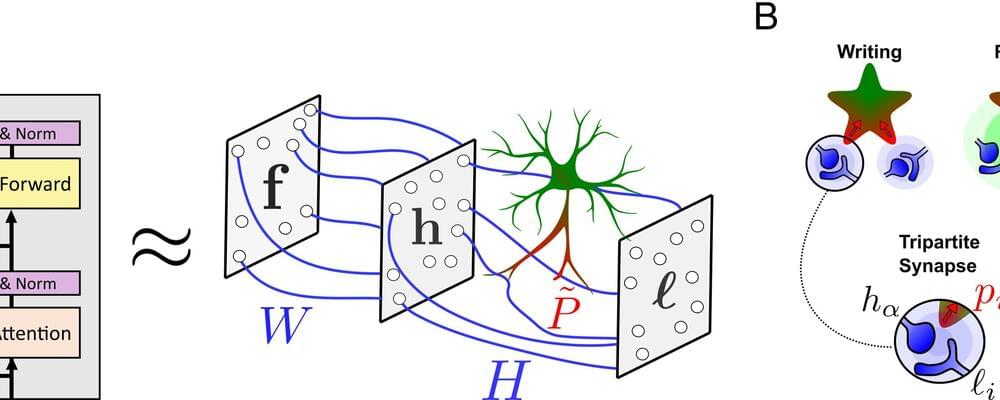
About six years ago, scientists discovered a new type of more powerful neural network model known as a transformer. These models can achieve unprecedented performance, such as by generating text from prompts with near-human-like accuracy. A transformer underlies AI systems such as ChatGPT and Bard, for example. While incredibly effective, transformers are also mysterious: Unlike with other brain-inspired neural network models, it hasn’t been clear how to build them using biological components.
Now, researchers from MIT, the MIT-IBM Watson AI Lab, and Harvard Medical School have produced a hypothesis that may explain how a transformer could be built using biological elements in the brain. They suggest that a biological network composed of neurons and other brain cells called astrocytes could perform the same core computation as a transformer.
This video covers digital immortality, its required technologies, processes of uploading a mind, its potential impact on society, and more. Watch this next video about the world in 2200: https://bit.ly/3htaWEr.
🎁 5 Free ChatGPT Prompts To Become a Superhuman: https://bit.ly/3Oka9FM
🤖 AI for Business Leaders (Udacity Program): https://bit.ly/3Qjxkmu.
☕ My Patreon: https://www.patreon.com/futurebusinesstech.
➡️ Official Discord Server: https://discord.gg/R8cYEWpCzK
CHAPTERS
00:00 Required Technologies.
01:42 The Processes of Uploading a Mind.
03:32 Positive Impacts On Society.
05:34 When Will It Become Possible?
05:53 Is Digital Immortality Potentially Dangerous?
SOURCES:
• The Singularity Is Near: When Humans Transcend Biology (Ray Kurzweil): https://amzn.to/3ftOhXI
• The Future of Humanity (Michio Kaku): https://amzn.to/3Gz8ffA
• https://www.scientificamerican.com/article/what-is-the-memory-capacity/
• https://www.anl.gov/article/researchers-image-an-entire-mous…first-time.
• https://interestingengineering.com/cheating-death-and-becomi…-uploading.
Official Discord Server: https://discord.gg/R8cYEWpCzK
💡 On this channel, I explain the following concepts:
• Future and emerging technologies.
• Future and emerging trends related to technology.
• The connection between Science Fiction concepts and reality.
SUBSCRIBE: https://bit.ly/3geLDGO

Philosophers have wrestled with the question of whether we are truly free to decide on our actions for centuries. Now, insights from genetics, neuroscience and evolutionary biology are shedding fresh light on the issue.
By Clare Wilson